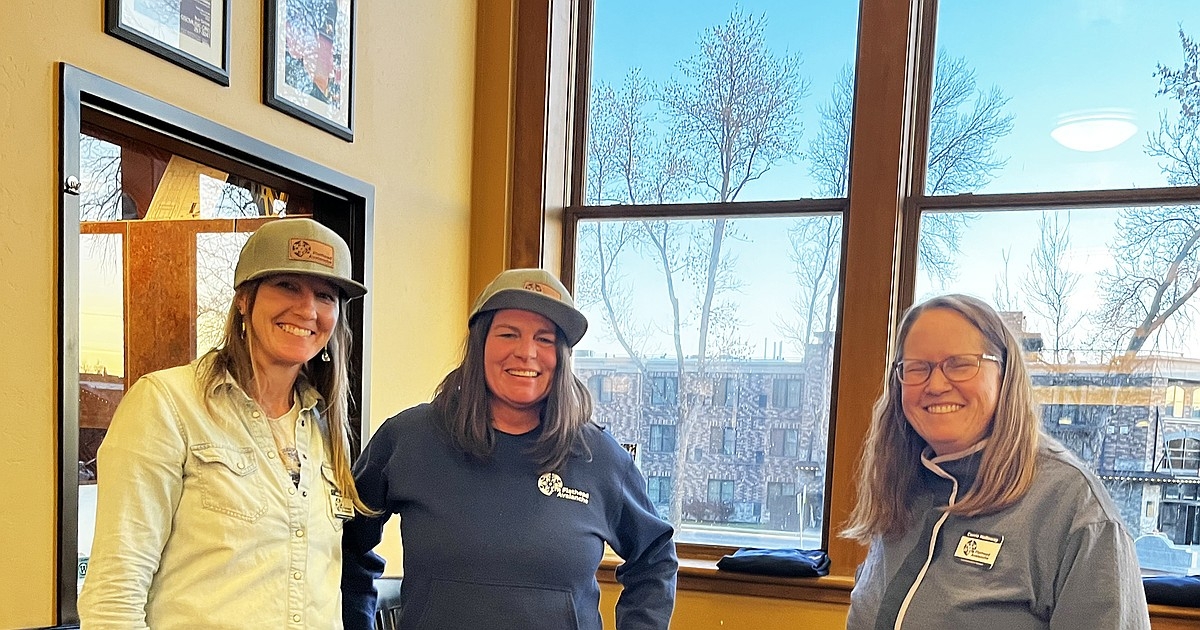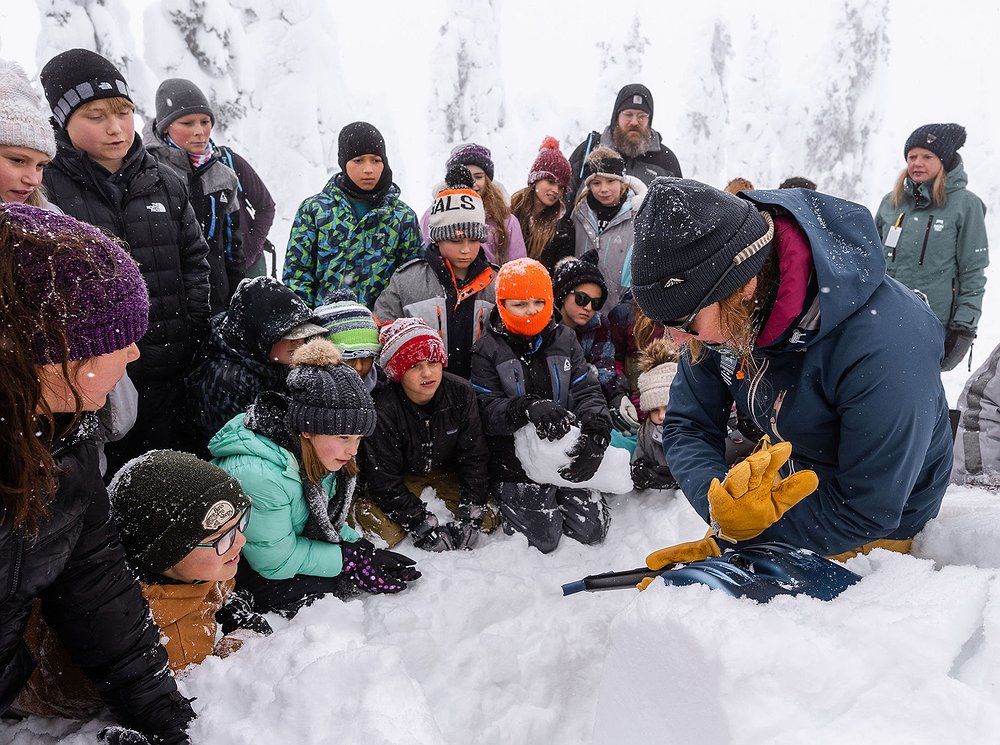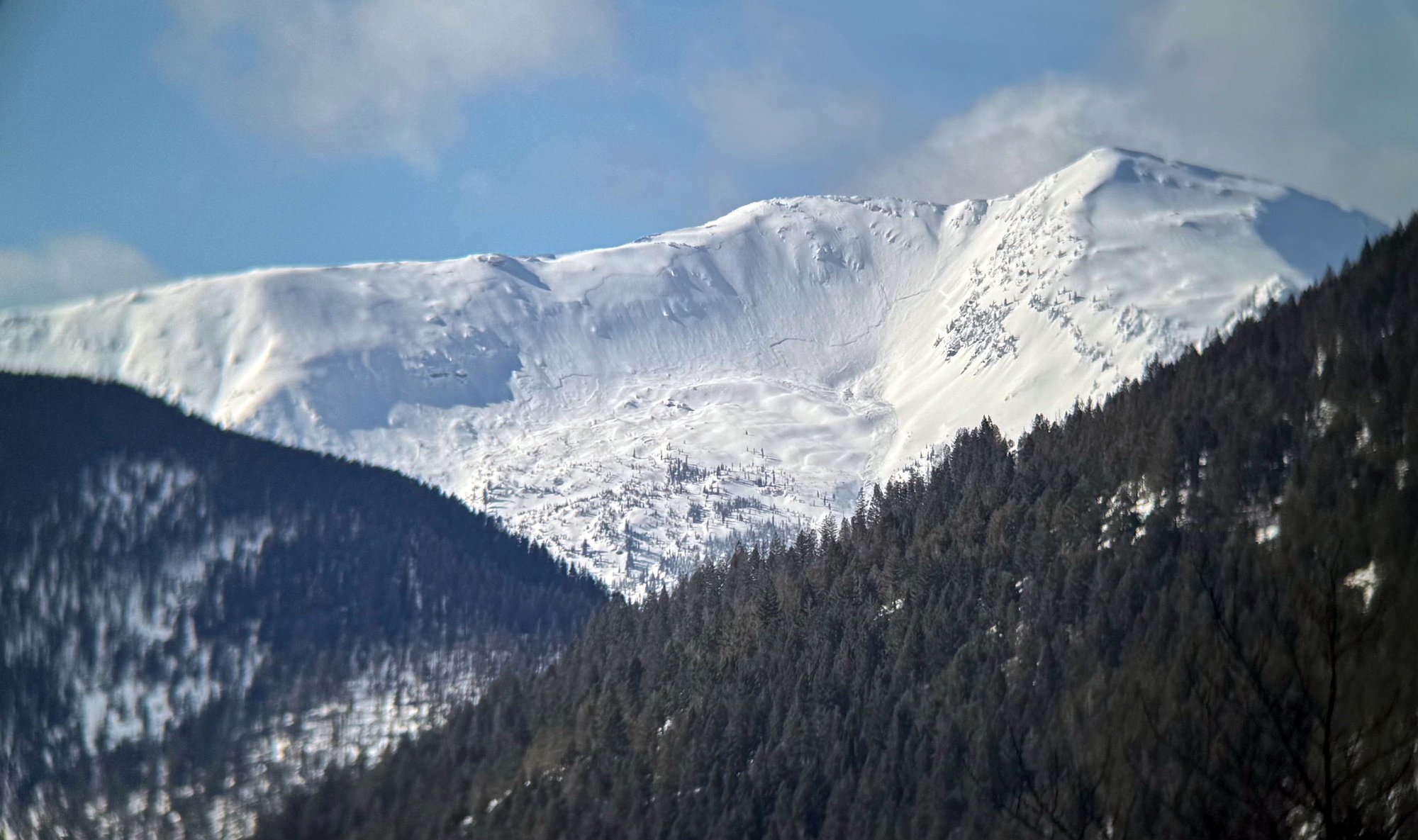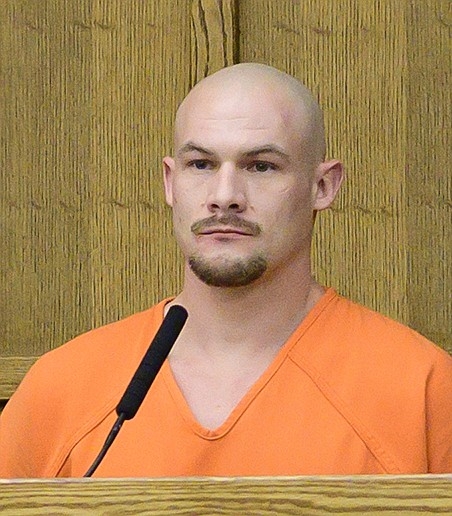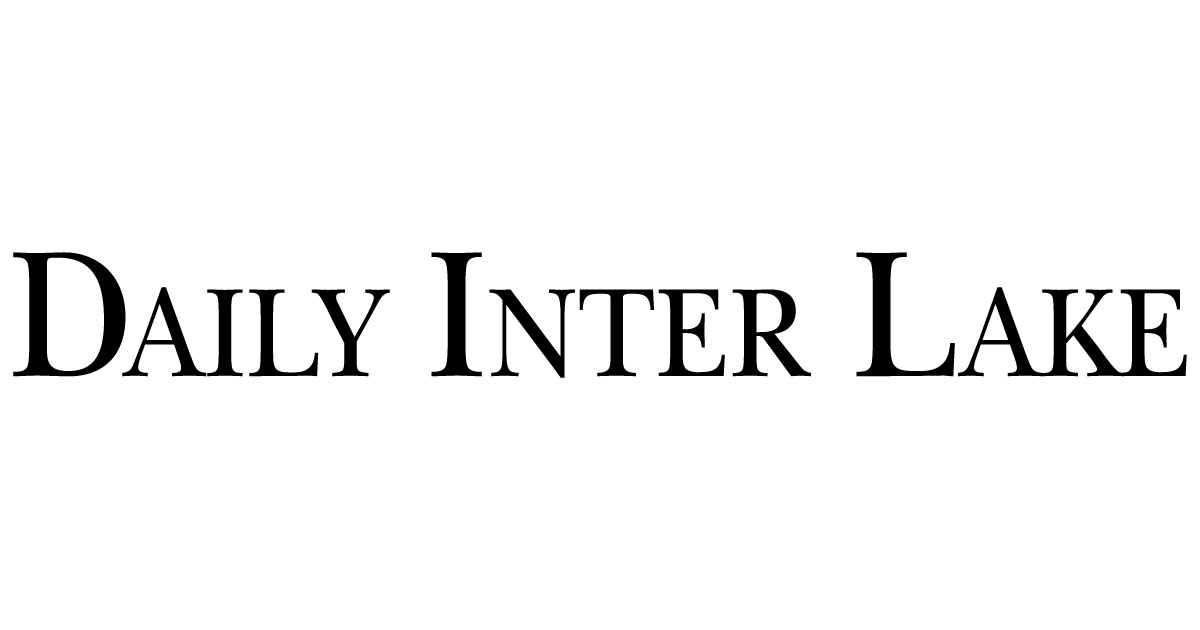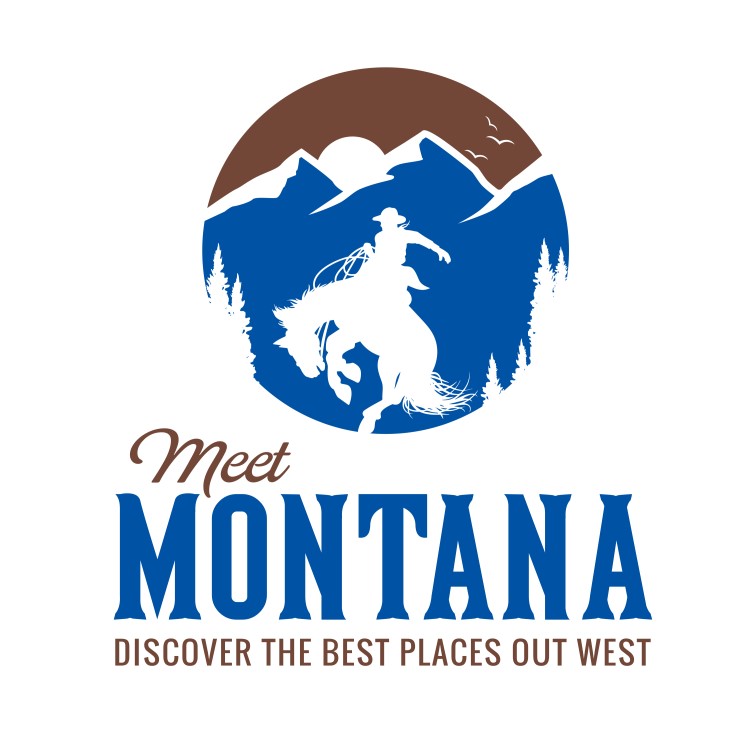Description
The 15th annual Northern Rockies Snow and Avalanche Workshop, an entire day of learning dedicated to snow and avalanches, filled the Whitefish Performing Arts Center last weekend with experts and backcountry users who shared knowledge and research to improve awareness and mountain safety.
"It’s also a refresher; it's an opportunity for people to knock the cobwebs out and just get their brain back in the game before the season begins,” Jenny Cloutier, executive director of Flathead Avalanche Center said. “It's an opportunity for folks to find out about all the educational opportunities of the coming season as well.”
In the Flathead Valley, three organizations are concerned with avalanche education: Flathead Avalanche Center and The Patrol Fund, both nonprofit entities, and The Mountain Guides Montana, a for-profit company that got its start in Jackson Hole, Wyoming.
Zak Anderson, Flathead Avalanche Center board president, suggests that anyone interested in taking an avalanche course contact FAC for help finding the organization that will best suit their educational needs.
“Friends of the Flathead Avalanche Center, FOFAC, works in partnership with the Forest Service,” Anderson said. “FOFAC then, in turn, partners with the Patrol Fund and Mountain Guides to provide avalanche education.”
Avalanche education is divided into two broad categories – human powered and motorized.
"If you’re a split-boarder or skier, human powered, you’re going to want to go to the Patrol Fund, primarily, or The Mountain Guides.” Anderson said. “If it’s motorized, it’s FAC. We’re going to provide that, and some rescue training, because we’re all trying to cover all the bases of the users.”
THE FLATHEAD AVALANCHE CENTER offers both types of instruction and works in conjunction with Flathead Valley Community College for registration for all Level 1 and Level 2 motorized classes.
“The Flathead Snowmobile Association fundraises to reimburse anyone in the valley that takes one of those motorized classes,” said Cloutier. “So, if you take a motorized class from us, they're going to reimburse you for it afterwards, if you complete the class.”
Flathead Avalanche Center also offers free, basic Avalanche Awareness Talks at locations around the valley. Each is one hour long, and they run from Nov. 20 through December.
“They're a really easy entrance place for folks that maybe are completely new to it,” Cloutier said.
Throughout the season, FAC offers several opportunities for avalanche education. It sponsors topics workshops, fireside chats and, in February, it hosts the Flathead Avalanche Friends Fest, a multi-day event with opportunities to connect with community, learn about snow, and support its safety mission.
It also offers youth courses, rescue clinics and ladies classes.
THE PATROL FUND offers classes at a lower cost, but there are fewer of them, and they fill up quickly. They also offer five community scholarships. All classroom and field studies are at Whitefish Mountain Resort and in the backcountry nearby.
“We’re a nonprofit, so we are able to offer our courses at cost, while still keeping the quality of education very high,” said Hannah Farrell, executive director of the Patrol Fund.
The Patrol Fund has a dozen top-notch, certified instructors, and its high-caliber educational courses result in an overall safer winter community because students tend to share their knowledge with other recreationists.
“Our instructors are current and former ski patrollers, mountain guides and avalanche forecasters,” Farrell said. “All of our instructors have a lot of experience they’re able to bring to the table while still ensuring that students get the most that they possibly can out of their avalanche course.”
Each course has one lead instructor and two co-instructors, and registration for avalanche courses with the Patrol Fund opens Nov. 24.
THE MOUNTAIN GUIDES MONTANA, now in its 10th season, offers human-powered courses, exclusively. It has more classes, they are slightly more expensive, and custom classes are offered to fit conveniently into students’ lives.
Branch Manager and Lead Guide Tim Shaw said Mountain Guides has six instructors, a 6-1 student-to-teacher ratio and offers Recreation Level 1, 2 and Avalanche Rescue courses.
“If the courses don’t fit your schedule, we do have the ability to offer some small, custom courses,” Shaw said. “We'll run the avalanche course for 4-6 people, to make it more accessible.”
Classes have a hybrid format, with six hours of self-guided learning from a digital textbook or online modules, followed by a three-hour virtual classroom evening session. It is finished with two full days in the field.
New for this season at The Mountain Guides Montana is a season-long Level 2 course.
“We’re going to offer one field day each month, give people access to their instructor team for the whole three months through email, and then have really specific goals and objectives and assignments for students in between their classroom days -- to go out and track snow pack and track weather and do work in between sessions so they have the ability to start understanding the snow pack from a season perspective,” Shaw said.
THE AMERICAN AVALANCHE ASSOCIATION is the U.S. certifying body for avalanche education and sets the standards for avalanche training to assure consistent quality, industry-recognized credentials and up-to-date curriculum.
"Anybody that's an AAA provider will have very similar or identical curriculum content,” Shaw said. “It’s how they deliver that curriculum that will be different.”
A Level 1 Avalanche following American Avalanche Association guidelines will focus on recognizing and traveling in avalanche terrain, and reading, interpreting and using avalanche forecasts and field observations to make considered decisions.
The course covers the use of avalanche transceivers and stability tests. Students learn how to make field observations of snowpack, weather, and terrain, along with the elements of snowpack formation, and being aware of human factors that contribute to decision-making.
A partnership between the U.S. Forest Service and Flathead Avalanche Center is what makes the website, weather stations and avalanche reporting possible.
“The Forest Service has their government-funded avalanche center, but without the help of the nonprofit group [FOFAC], the website, the weather stations, some of those infrastructure pieces that disseminate the information, don’t exist,” Anderson said. “That is why we exist – to support that.”
While backcountry adventurers milled about the workshop in Whitefish last week, Anderson said there is a broader community that uses FAC’s services, made up of people who check the winter weather forecast.
“We are getting more information out, we’ve got more educational opportunities, we’ve got partners that provide [the courses], and that’s resulted in four years of no avalanche fatalities,” Anderson said. “We would like to keep trending in that direction.”
For more information:
Flathead Avalanche Center – www.flatheadavalanche.org.
The Patrol Fund –www.thepatrolfund.org.
The Mountain Guides Montana – www.themountainguides.com.
News Source : https://whitefishpilot.com/news/2025/nov/19/tis-the-season-avalanche-awareness-training-opportunities/
Other Related News
11/19/2025
The Columbia Falls High School speech and debate team continued its winning streak Saturd...
11/19/2025
Schellinger Construction has paid a 15000 fine levied by the Flathead Conservation Distri...
11/19/2025
A bench warrant has been issued for a man well-known to Columbia Falls and Flathead Count...
11/19/2025
Glacier and Flathead high schools placed second and third respectively at a weekend speec...
11/19/2025


